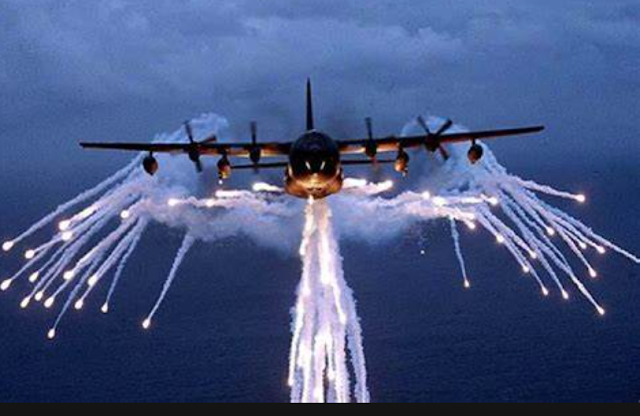
Your Mission, should you accept it, is to read the Memoirs of U.S. Grant. They are a remarkable two book set and free online. We will put our collective comments and thoughts about the book on this blog. The books were written as Grant was dying, broke, in an effort to support his wife after his death. It was published after his death by Mark Twain.
As a 2nd Lieutenant he was in the Mexican War. He served with and knew all the men who would become the principal officers of both sides of the Civil War. He was involved in a great deal of fighting. Marines will be interested to find out that he was at Chapultepec with Marine Lt Semmes and later at the Halls of Montezumas.
He led the Union Army in the Civil War and finally brought that brutal war to a conclusion, fighting against many of his comrades from The Mexican War.
He writes simply and clearly, and with understated humor. Click the link below to read the free books.
https://www.gutenberg.org/files/4367/4367-h/4367-h.htm
Send your comments that I will include in this blog to craighullinger@gmail.com
Semper Fi
Click to Read The Comments
Treaty of Guadalupe Hidalgo
In 1847, with the conflict still raging, Secretary of State James Buchanan suggested that President James K. Polk send an emissary to Mexico to assist in bringing the war to a close. Agreeing, Polk chose Chief Clerk of the State Department Nicholas Trist and dispatched him south to join General Winfield Scott's army near Veracruz. Initially disliked by Scott, who resented Trist's presence, the emissary soon earned the general's trust and the two became close friends. With the army driving inland towards Mexico City and the enemy in retreat, Trist received orders from Washington, DC to negotiate for the acquisition of California and New Mexico to the 32nd Parallel as well as Baja California.
Following Scott's capture of Mexico City in September 1847, the Mexicans appointed three commissioners, Luis G. Cuevas, Bernardo Couto, and Miguel Atristain, to meet with Trist to discuss peace terms. Commencing talks, Trist's situation was complicated in October when he was recalled by Polk who was unhappy with the representative's inability to conclude a treaty earlier. Believing that the president did not fully understand the situation in Mexico, Trist elected to ignore the recall order and wrote a 65-page response to Polk outlining his reasons for doing so. Continuing to meet with the Mexican delegation, final terms were agreed to in early 1848.
The war officially ended on February 2, 1848, with the signing of the Treaty of Guadalupe Hidalgo. The treaty ceded to the United States the land that now comprises the states of California, Utah, and Nevada, as well as parts of Arizona, New Mexico, Wyoming, and Colorado. In exchange for this land, the United States paid Mexico $15,000,000, less than half the amount offered by Washington prior to the conflict. Mexico also forfeited all rights to Texas and the border was permanently established at the Rio Grande. Trist also agreed that the United States would assume $3.25 million in debt owed by the Mexican government to American citizens as well as would work to curtail Apache and Comanche raids into northern Mexico. In an effort to avoid later conflicts, the treaty also stipulated that future disagreements between the two countries would be settled through compulsory arbitration.
Sent north, the Treaty of Guadalupe Hidalgo was delivered to the US Senate for ratification. After extensive debate and some alterations, the Senate approved it on March 10. In the course of the debate, an attempt to insert the Wilmot Proviso, which would have banned enslavement in the newly-acquired territories, failed 38-15 along sectional lines. The treaty received ratification from the Mexican government on May 19. With Mexican acceptance of the treaty, American troops began departing the country. The American victory confirmed most citizens’ belief in Manifest Destiny and the nation’s expansion westward. In 1854, the United States concluded the Gadsden Purchase which added territory in Arizona and New Mexico and reconciled several border issues that had arisen from the Treaty of Guadalupe Hidalgo.
Casualties
Like most wars in the 19th century, more soldiers died from disease than from wounds received in battle. In the course of the war, 1,773 Americans were killed in action as opposed to 13,271 dead from sickness. A total of 4,152 were wounded in the conflict. Mexican casualty reports are incomplete, but it estimated that approximately 25,000 were killed or wounded between 1846-1848.
Legacy of the War
The Mexican War in many ways may be directly connected to the Civil War. Arguments over the expansion of enslavement into the newly acquired lands further heightened sectional tensions and forced new states to be added through compromise. In addition, the battlefields of Mexico served as a practical learning ground for those officers who would play prominent roles in the upcoming conflict. Leaders such as Robert E. Lee, Ulysses S. Grant, Braxton Bragg, Thomas “Stonewall” Jackson, George McClellan, Ambrose Burnside, George G. Meade, and James Longstreet all saw service with either Taylor or Scott’s armies. The experiences these leaders gained in Mexico helped to shape their decisions in the Civil War.
https://www.thoughtco.com/mexican-american-war-aftermath-and-legacy-2361035#:~:text=In%20the%20course%20of%20the%20war%2C%201%2C773%20Americans,may%20be%20directly%20connected%20to%20the%20Civil%20War.
Short history of The Mexican War
http://www.thomaslegion.net/themexicanwar.html




















